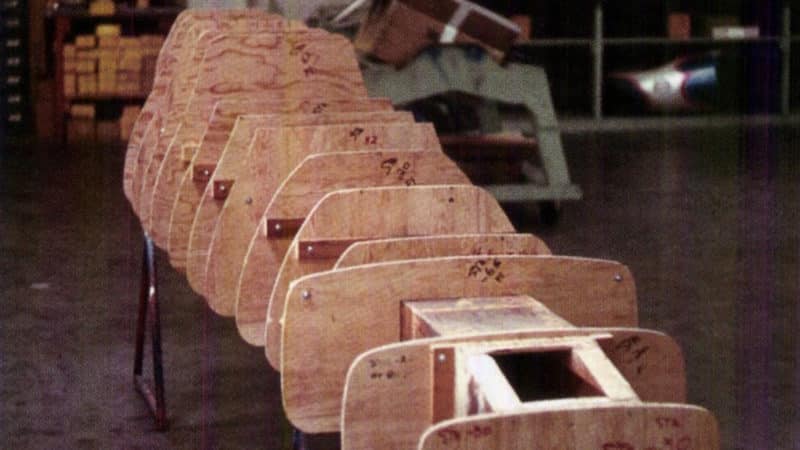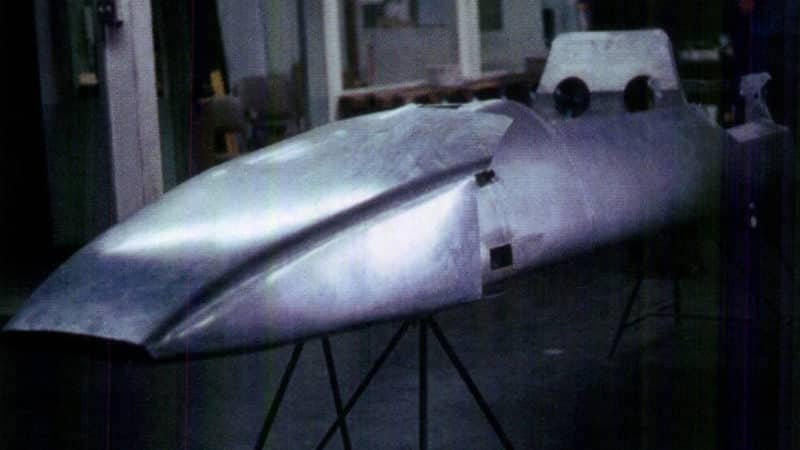Gurney had, however, long been wary of magnesium monocoque chassis, having referred to the risks he took while driving 104 by likening it to a Ronson cigarette lighter. This trepidation was not eased by the tragic fiery crash that claimed the life of Jo Schlesser at the 1968 French Grand Prix. Most of the chassis for the unfortunate Frenchman’s Honda had been crafted of that incendiary metal, and the accident only intensified Gurney’s already close scrutiny of his own project.
“It looked like the magnesium we were using was even grainier than we had worked with on 104,” he explains, “and it didn’t look as safe to me. It almost looked like, if you had the courage, you could take and stick your finger right through it. So I decided… count me out.”
Shortly after the project was cancelled, Southgate decided to leave AAR to pursue other opportunities in Formula 1. He landed at BRM, where he drew the P153 [see Motor Sport, October 2006] with a monocoque that was conceptually similar to the stillborn Eagle’s. Ironically, the V12 that powered that BRM was drawn up by Aubrey Woods, the same man who had designed the Eagle’s Weslake V12.
Whether the Mark 6 would have been competitive in Formula 1, and whether Gurney could have returned to the winners circle with it, will forever remain unknown. Visions of further F1 Eagles would dance through Gurney’s head on several subsequent occasions, but none of them ever reached hard form. That he and AAR had done it once would have to be enough.




